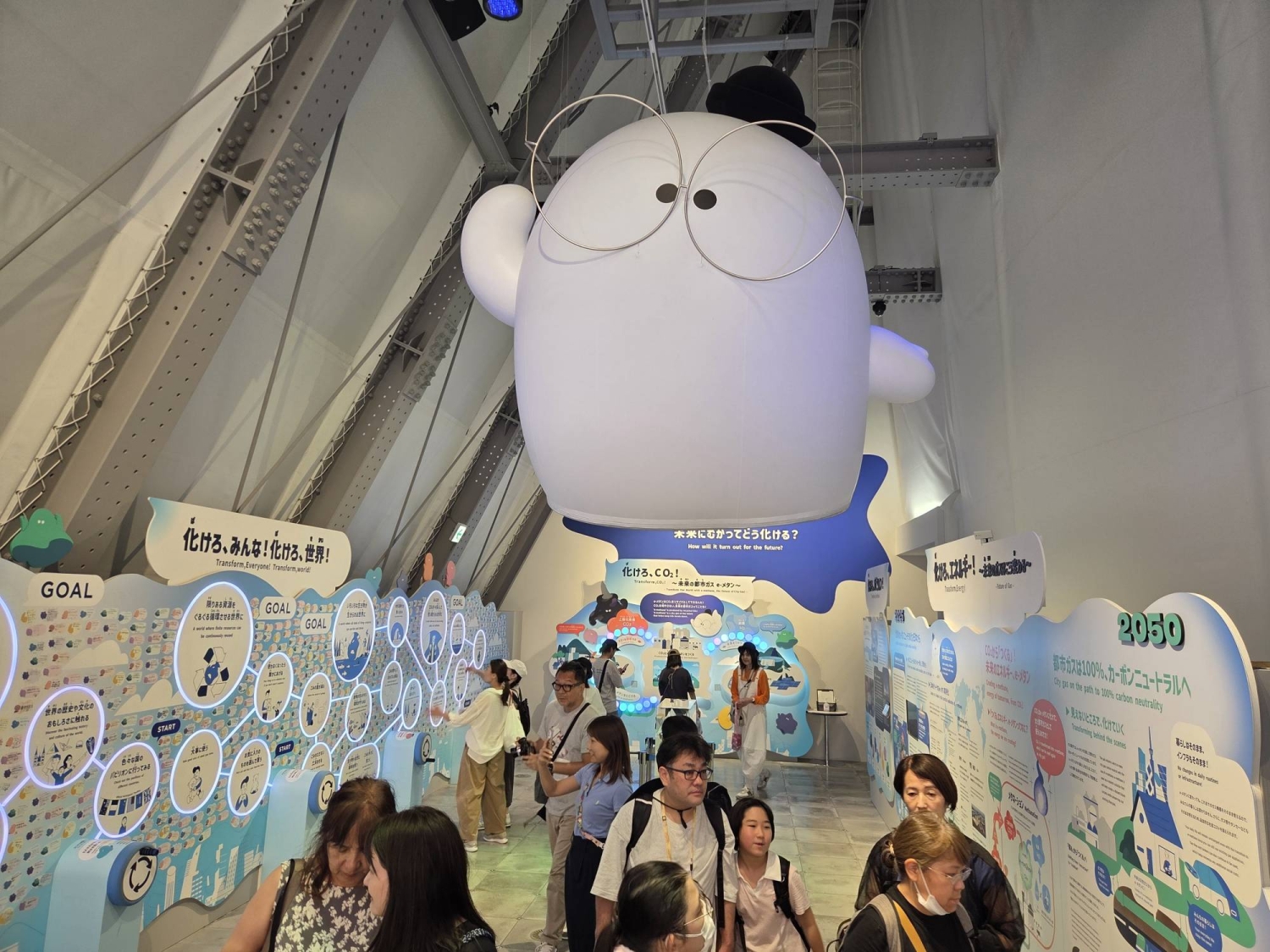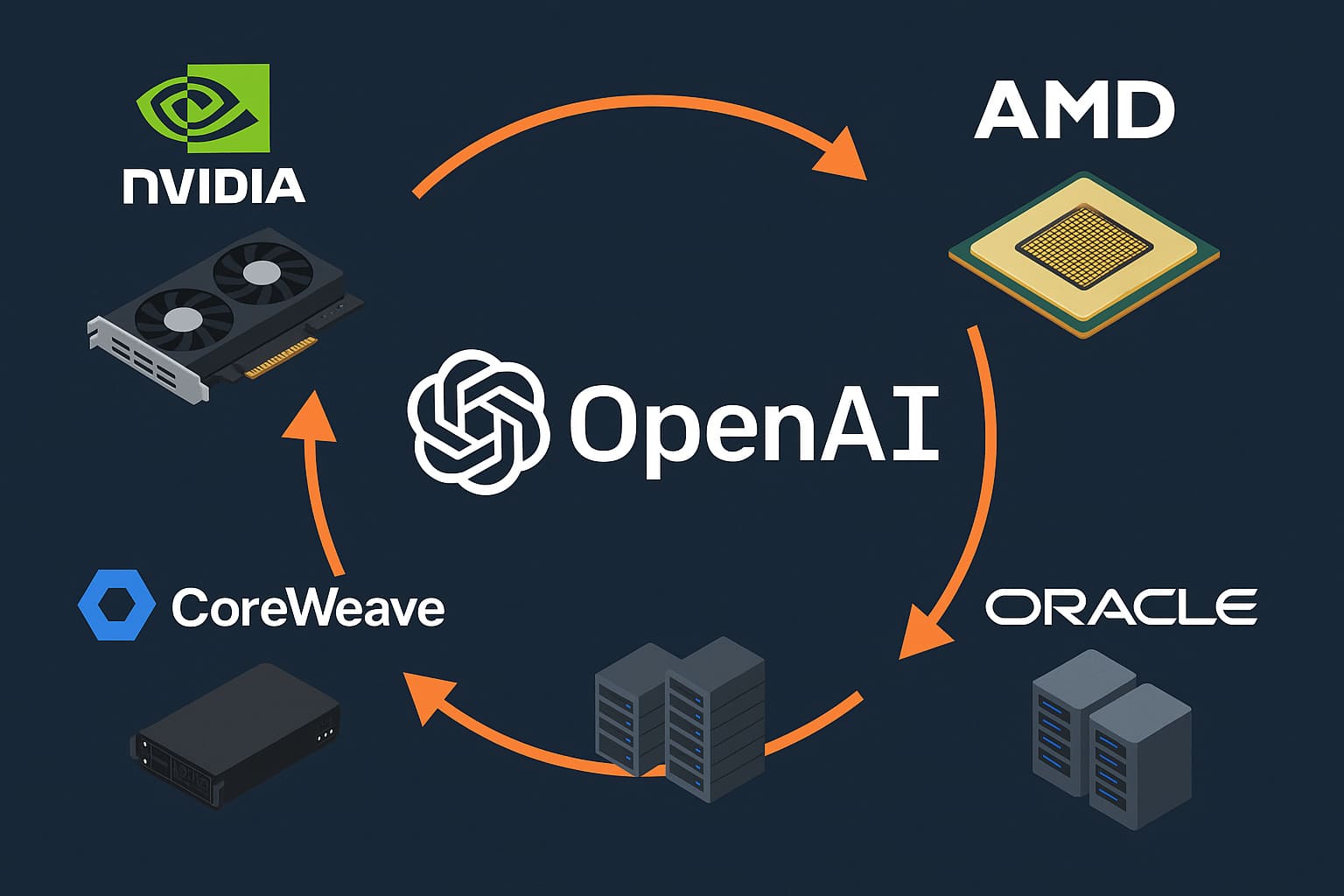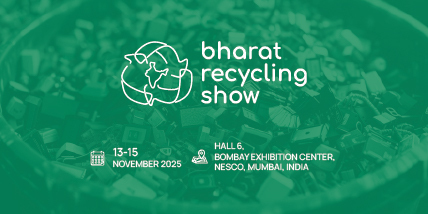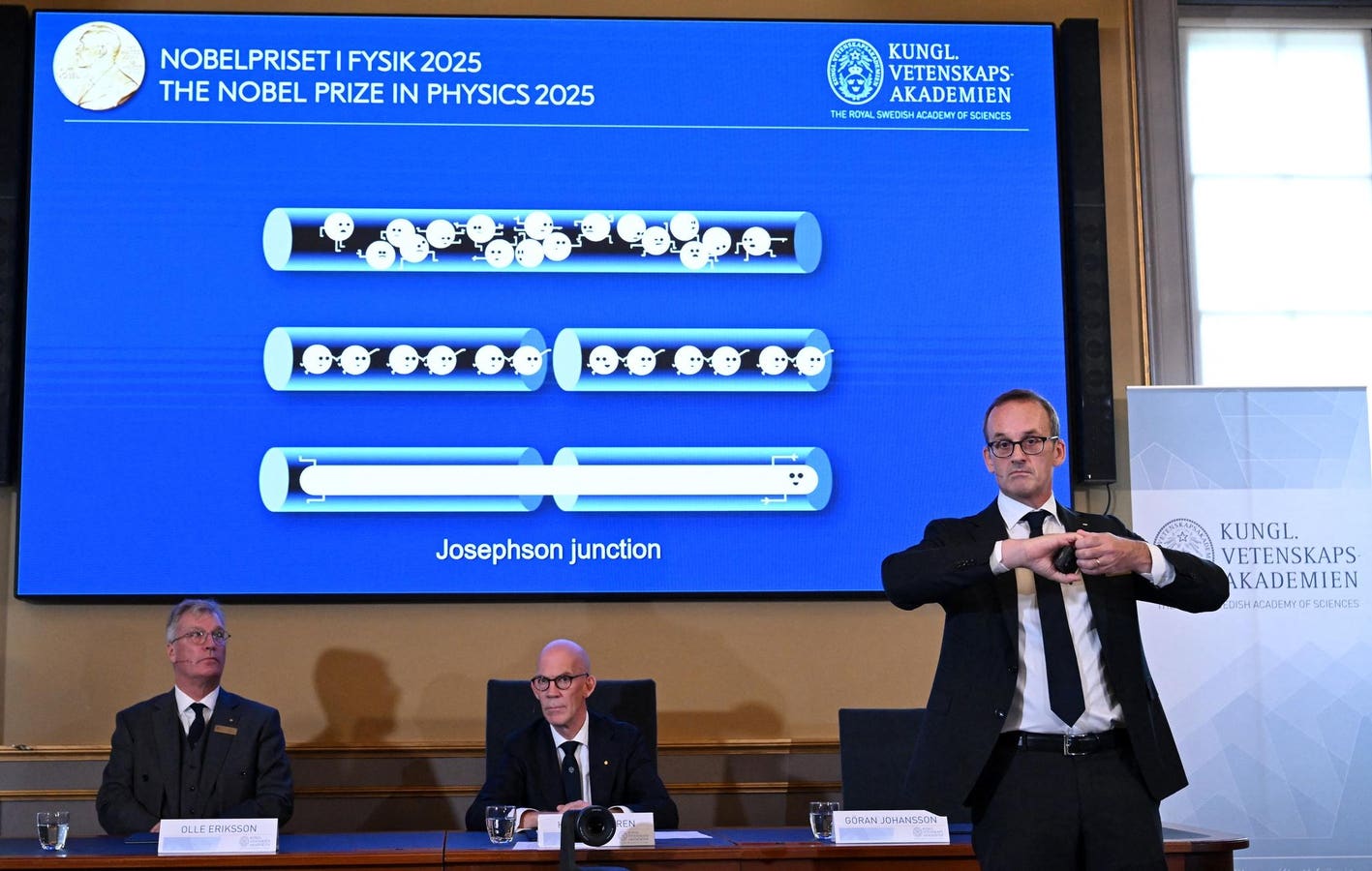Summary
While major Japanese gas companies have lauded e-methane as key in fighting climate change, experts paint a different picture.
Source: japantimes.co.jp

AI News Q&A (Free Content)
Q1: What is the significance of e-methane in the context of achieving carbon neutrality, and how is it produced?
A1: E-methane, or electric methane, is considered a key component in the effort to achieve carbon neutrality as it is a carbon-neutral synthetic fuel. It is produced using existing carbon dioxide captured through methods like Direct Air Capture (DAC) or Post Combustion Carbon Capture (PCCC). Research suggests that a combination of these methods can be more cost-effective, making e-methane a viable solution for reducing carbon emissions while leveraging renewable energy sources.
Q2: How is the Osaka Expo 2025 contributing to discussions on sustainable practices and climate change?
A2: Osaka Expo 2025 serves as a platform to showcase innovations in sustainable practices and climate change solutions. With participation from major gas companies, the Expo provides an opportunity to discuss the role of alternative fuels like e-methane in reducing carbon footprints. The event highlights collaborations among various sectors to promote eco-friendly technologies and raise awareness of environmental challenges.
Q3: What are the architectural innovations at Expo 2025, and how do they align with sustainability goals?
A3: One of the architectural marvels at Expo 2025 is the Grand Ring, designed by Sou Fujimoto. It is the largest wooden architectural structure in the world, made using traditional Japanese joinery and sustainable materials. This aligns with the Expo's sustainability goals by demonstrating innovative use of renewable materials and eco-friendly construction practices.
Q4: What are the economic implications of producing e-methane using different carbon capture methods?
A4: The economic implications of producing e-methane largely depend on the method of carbon capture used. A study showed that using a combination of DAC and PCCC for CO2 sourcing is more cost-effective, with a production cost of 146 €/MWh compared to 158 €/MWh using only DAC. These methods help in optimizing costs, making e-methane a competitive alternative to traditional fossil fuels.
Q5: What role do gas companies play in promoting e-methane at the Osaka Expo, and are their claims aligned with scientific perspectives?
A5: Gas companies at the Osaka Expo are promoting e-methane as a crucial component in fighting climate change. However, while they emphasize its potential, experts caution that the transition to e-methane must be carefully managed to ensure genuine environmental benefits. Scientific studies suggest that while e-methane can reduce emissions, its production and deployment need to be part of a broader strategy to effectively combat climate change.
Q6: How does the production of e-methane impact the environment compared to traditional natural gas?
A6: E-methane production is considered more environmentally friendly compared to natural gas, primarily because it utilizes captured carbon dioxide, thus reducing overall emissions. However, the environmental impact is contingent on the energy sources used for its production. Renewable energy-based production of e-methane is critical to minimizing its carbon footprint and ensuring its role as a sustainable alternative.
Q7: How are renewable energy hubs contributing to the production of e-methane, and what challenges do they face?
A7: Renewable Energy Hubs (RREHs) contribute to e-methane production by harnessing abundant renewable energy sources in remote locations. These hubs face challenges such as the intermittency of renewable energy, the need for efficient energy supply chains, and the economic viability of transporting e-methane to demand centers. Addressing these challenges is essential for the successful deployment of e-methane as a sustainable energy solution.
References:
- Expo 2025
- Synthetic methane for closing the carbon loop: Comparative study of three carbon sources for remote carbon-neutral fuel synthetization
- How Green Can AI Be? A Study of Trends in Machine Learning Environmental Impacts





